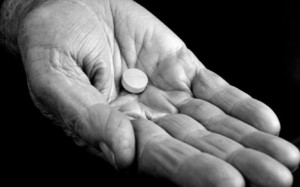 Which pain medication are safe and which ones are dangerous? What’s surprising is that many of the pain medications deemed dangerous, are the ones that most often fill our medicine cabinets. When we think of dangerous drugs we think of heroin, meth, or other “street drugs.” We don’t tend to see every day pain medications we get from the local drug store as a threat, but pain medications and adverse drug reactions are the 4th leading cause of death in the United States. So which ones are dangerous?
Which pain medication are safe and which ones are dangerous? What’s surprising is that many of the pain medications deemed dangerous, are the ones that most often fill our medicine cabinets. When we think of dangerous drugs we think of heroin, meth, or other “street drugs.” We don’t tend to see every day pain medications we get from the local drug store as a threat, but pain medications and adverse drug reactions are the 4th leading cause of death in the United States. So which ones are dangerous?
Salicylates (Aspirin, Acetylsalicylate)
Higher doses or prolonged use of lower doses doubles your likelihood of perforated ulcers and gastrointestinal bleeding (even the coated kind!). Research also shows that 90-95% of Reye’s Syndrome cases (a disease that severely damages internal organs) were preceded with taking aspirin.


